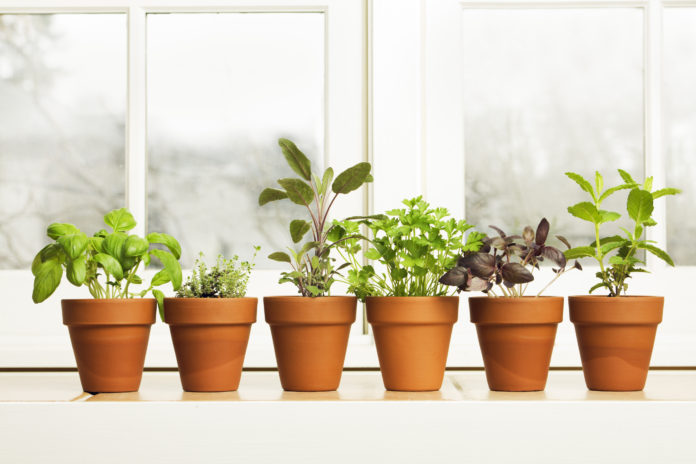What you can do now to prepare for a bountiful garden this summer:
Compost Efficiently
Compost is the decomposition of natural materials. When added to soil, compost enhances moisture retention and reduces the watering need. By improving the structural and nutritional quality of soil, you improve overall plant health.
Match Compost Process to Space
The Japanese anaerobic composting technique called Bokashi makes composting easy to accomplish in small spaces. This method requires no garden tumblers, constant turning, or compost heaps. You do not even need a yard. Offensive odors are not a problem. This may not be the case with the smaller aerobic systems being marketed for household use. So, if you live in a studio, condo, or townhome, Bokashi composting may be your best bet.
Bokashi Composting Steps
The Bokashi process breaks down organic materials with effective microorganisms. Because these organisms convert waste in an airless environment, the problem of offensive orders and toxic gasses that aerobic systems produce is eliminated.
Step 1: Choose Your Container
If you are into recycling and would like to make a Bokashi container, there is help online. You can also do as I did and buy a starter kit! The advantage of a starter kit is you get everything at once. Regardless of the option you choose, keep in mind it’s important to have a bucket with a well-designed lid and spout. Bokashi Living boasts an endurable well-designed kit that includes everything you will need to get started for under $50. Kits often include:
- Bucket with spout
- Drainer plate
- Bokashi bran
- Compost cup
- Compositing guide
Step 2: Add Your Kitchen Scraps
Put a two-inch layer of food scraps into your bucket. It is OK to add meat, dairy, small animal bones, and paper products.
Step 3: Add Bokashi Bran
Sprinkle bran on each food layer. If you include bones or large pieces of meat, sprinkle a more generous Bokashi bran layer over your food scraps. A one-third bag of bran is enough to complete a bucket. A countertop container may be helpful depending on your daily volume of food scraps.
Step 4: Bury Contents
Once your Bokashi bucket is full, let it sit unopened for two weeks. Your food scraps will then be ready to bury. Next, put six to eight inches of soil in a large container, add the Bokashi on top, and a final layer of soil. I keep mine outside next to my potting station.
Benefits of Bokashi Composting
Eco-Friendly
Bokashi composting is good for the planet. It reduces waste, is doable in small spaces, saves money, improves plant health, and reduces toxic gasses produced by landfills.
Up Your Growing Game
My tomatoes, peppers, carrots, and herbs thrived in my container garden. The only thing I did differently was adding compost tea, weekly (described below). My tomato plants grew to six feet and produced phenomenal yields.
If you want phenomenal success with your container garden plants, try the Bokashi composting this year. It introduces important microbes and nutrients to the soil, which improves the soil structure and boosts the immune system of plants. This results in more disease-free and bug-resistant plants.
The Bokashi bucket run-off that drains out through the spout is called compost tea, yet another valuable resource. Give your plants the tea once a week, by mixing two tablespoons of it with one gallon of water. Viola! Replacing chemical fertilizers with Bokashi compost tea is also a money saver that doesn’t harm the microbial life in the soil.
Feels Good
There is nothing better than living well. Eating foods that quickly move from our vines to our tables support this goal and makes sense.
Let’s Grow Together
Have a few tips to share, a phenomenal garden success, or a garden challenge? If so, we would love to hear from you. Send a brief description and a few images to [email protected]. Who knows, we just might publish your success images or provide professional tips to concur your challenge!











